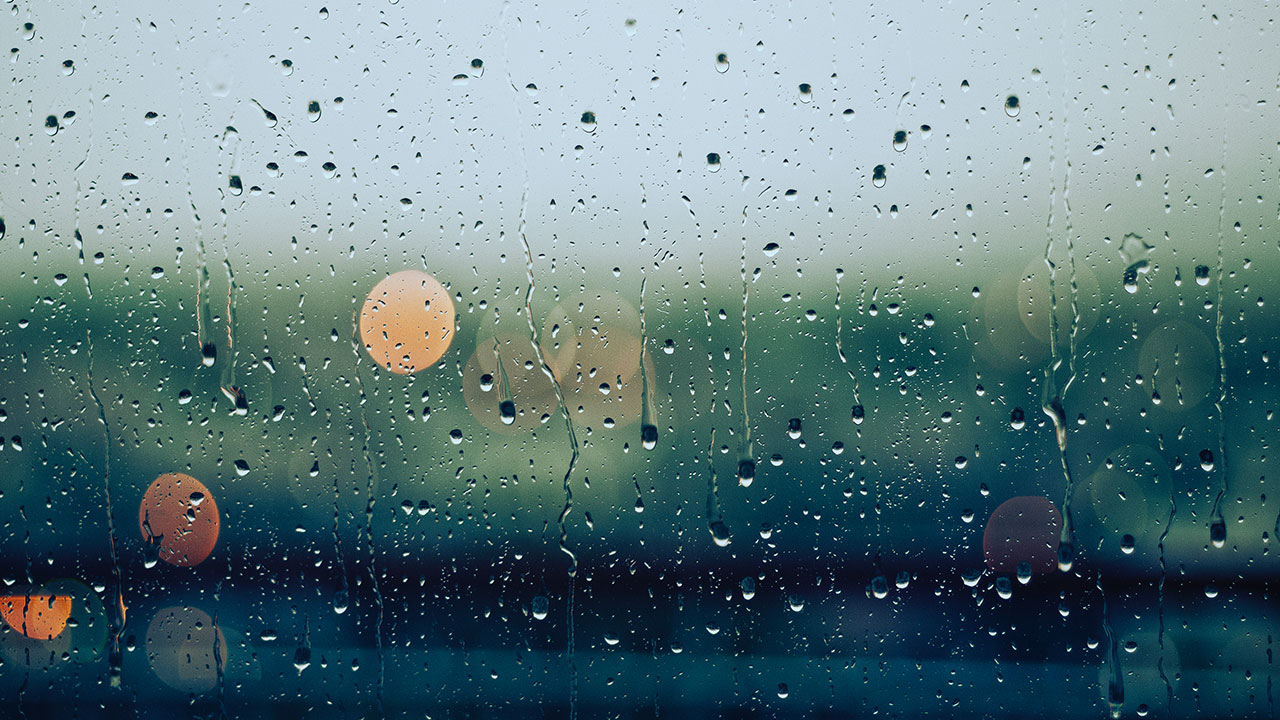Until very recent building history, the building envelope (walls, floors, and roofs) of dwellings were made of materials harvested from nature like stone, wood, agricultural fiber and clay. Vapor in the air was able to move through them. Building envelopes that allow for the unobstructed flow of vapor molecules is known in Building Biology as the breathable wall. More appropriate names for these type of building envelopes is a vapor diffusible wall, vapor permeable wall, or flow-through wall system.
Modern conventional construction has required that plastic sheets be incorporated into the construction process for preventing moisture from entering the building envelope, most often consisting of spaced 2×6 wood stud with fiberglass batt insulation in-between. If water vapor could flow through this type of wall it would reach dew point, thus causing the fiberglass batts to get moist and lose most of their ability to insulate and then the constant exposure to water would cause the wood and the wallboard to mold and rot.
Several techniques are utilized in conventional construction to avoid water vapor from going into the building envelope. These include putting vapor retarder on the warm side of the building envelope and utilizing paints and building envelope coverings with low perm ratings to prevent moisture from entering the wall. Over time these barriers will stop working. Also in many parts of the country the temperature difference is vast therefore the vapor retarder could be on the wrong side of the envelope depending on the time of year. Once water finds its way into the building envelope it is unable to escape due to the impermeable materials.

Wet wall cavities are not only a problem for building materials. Moist walls attract pests like termites and carpenter ants who require moist environments to thrive. Moisture also leads to mold which leads to occupant illness.
Building Biology strongly suggests mass wall construction for the building envelope. Alternative natural materials such as earth and straw or certain types of manufactured blocks have the ability to buffer large amounts of moisture. These historically derived methods of construction differ from standard wall construction techniques in that vapor barriers are not installed to retard the flow of vapor through the walls. Instead vapor is allowed to naturally flow through the massive walls. Also temperature change in the flow-through process occurs very slowly and because these materials such as wood and clay have the ability to adsorb and desorb large amounts of moisture without deteriorating, accumulation from condensation is insignificant. When a home is properly constructed using these mass wall techniques it will be an extremely comfortable environment with a high degree of temperature and humidity stability. Furthermore, because the solid walls themselves provide insulation and can be finished with a covering of plaster or furred-out wood applied directly to them, the need for synthetic exterior sheathing, batt insulation, gypsum board, joint fillers, and paint is eliminated. Many volatile organic compound (VOC) contamination sources are thereby eliminated as well.





